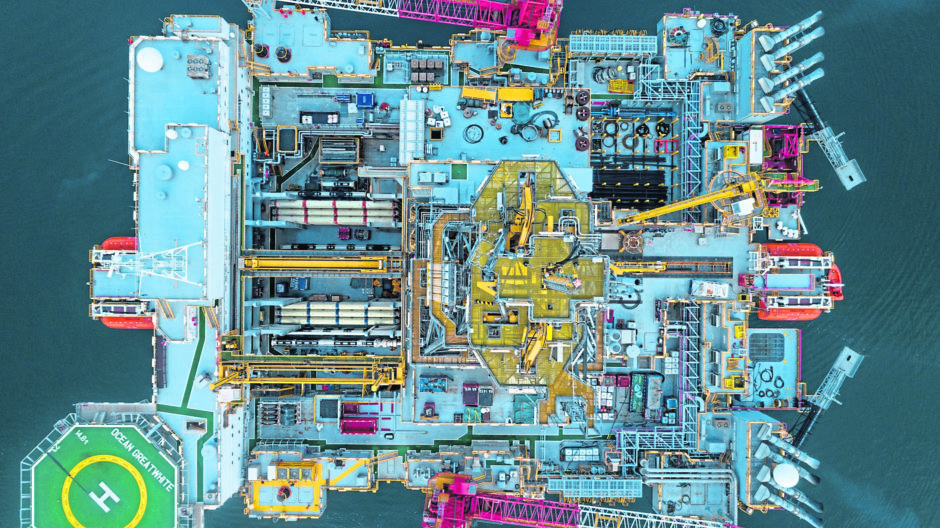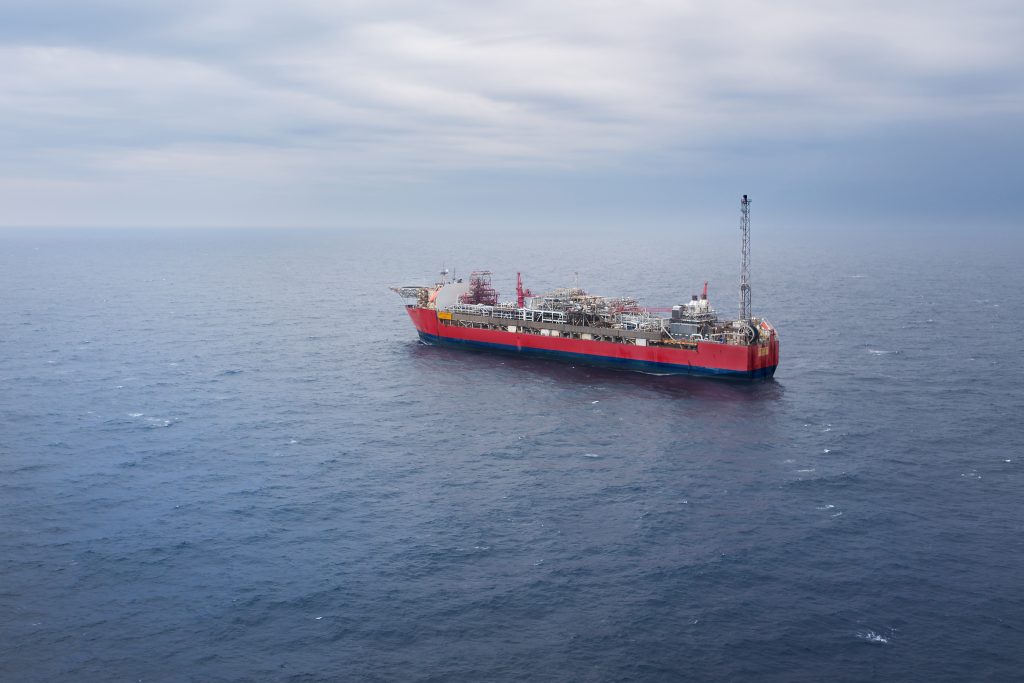
The UK North Sea’s maturity is a double-edged sword when it comes to exploration, an analyst has said.
On the one hand, it suggest most of the big reservoirs have already been found and explorers who are interested in mega-finds tend to go elsewhere.
On the other, there is value for money in the UK Continental Shelf, said Kevin Swann, research analyst at Wood Mackenzie.
Many discoveries can be developed relatively cheaply and quickly using the North Sea’s existing, sprawling infrastructure.
Whether a company wishes to explore offshore UK may come down to whether its management is looking for “volume or value”, Mr Swann said.
So the UK North Sea isn’t second rate but, equally, it isn’t top of the list in terms of exploration regions, either.
The basin can still serve up some high-impact opportunities, of course.
A mere eight exploration wells were drilled last year, the lowest number since the 1960s, but two Glens came up trumps.
Total delivered the 175 million-barrel Glendronach discovery, west of Shetland, and Cnooc followed up with the 250m-barrel Glengorm find, in the central North Sea.
Both spudded in 2018, they were the two largest conventional finds on the UKCS for a decade.
Mr Swann said last year was positive in terms of resources per well. The problem is the low number of wells drilled.
Wood Mackenzie estimates that the well count will rise to 10-15 this year, which shows signs of improvement.
But the Oil and Gas Authority (OGA) won’t want the commercial success rate to drop as well number rise.
Mr Swann said “lots of pairs of eyes” will be on Siccar Point Energy’s well at the Lyon prospect, located north-west of Shetland.
Drilling is under way and the firm hopes to uncover 1.5 trillion cubic feet of recoverable gas.
If successful, Siccar Point believes Lyon could form the core of a new “northern gas hub”.
Smaller discoveries at Tobermory, Bunnehaven and Cragganmore could all be tied back to form a larger development cluster.
Industry and investors will be keenly interested in the results from the well Hurricane is currently drilling on Warwick, west of Shetland.
Hurricane is targeting 900m barrels, but there is uncertainty about whether the firm can get a tune out of the fractured basement play.
Mr Swann will also be keeping tabs on One-Dyas’ 130m-barrel Darach well, which is under way in the southern North Sea, Spirit Energy’s Aurora play, also southern, and Neptune’s Isabella prospect, in the central North Sea.
Meanwhile, Cairn will go after 154m barrels at Chimera, east of Shetland.
Mr Swann said the introduction of a tax rebate for exploration drilling, mirroring the Norwegian system, could help drive UK drilling.
But he said the OGA was likely to explore other options first.
The OGA has preferred to use the carrot ahead of the stick, so far, providing abundant seismic data and promoting collaboration.
Mr Swann expects the regulator to continue with that approach in the near term, but if things don’t show signs of improvement it could start wielding the stick and
enforcing more licence relinquishments.
Recommended for you

